Urgently needed shock drones MQ-47B
According to the leadership of the United States Navy, they urgently need unmanned combat air systems (Unmanned Combat Air System, UCAS) for deployment on their aircraft carriers. The current plan includes the adoption of such systems for six years. Despite this, considerable efforts are being made to get them as soon as possible. The reason is that today for the effective use of bomber aviation US aircraft carriers must approach a distance of 800 kilometers from their target. Potential adversaries increasingly have airplanes and missiles with a range exceeding 800 kilometers. According to the leadership of the naval forces, the solution to this problem will be an unmanned aerial vehicle X-47B UCAS, with a flight range of 2500 kilometers.
Last year, the US Navy also ordered the Naval Aviation Command to consider reducing orders for the new F-35B and F-35C manned aircraft, and use the savings to purchase new X-47B and similar combat aircraft. robots. The Navy currently plans to purchase 680 F-35Bs and F-35Cs at an average of $100 million each. UCAS (Unmanned Air Combat System) costs half as much, while still providing the same capabilities, as well as greater range.
For most of the last decade, the naval forces hastily prepared to deploy UCAS on aircraft carriers and their combat use. Over the next four years, the Navy wants to be able to regularly use X-47B from the deck of an aircraft carrier and carry out combat operations (including reconnaissance and surveillance). It is assumed that UCAS will be able to perform at least the same assault tasks performed by the Predator UAV for more than a decade. Large-sized UAVs The Reaper was designed to expand these combat abilities. It should enter service as soon as possible in order to replace F-16 and other manned aircraft in the combat zone.
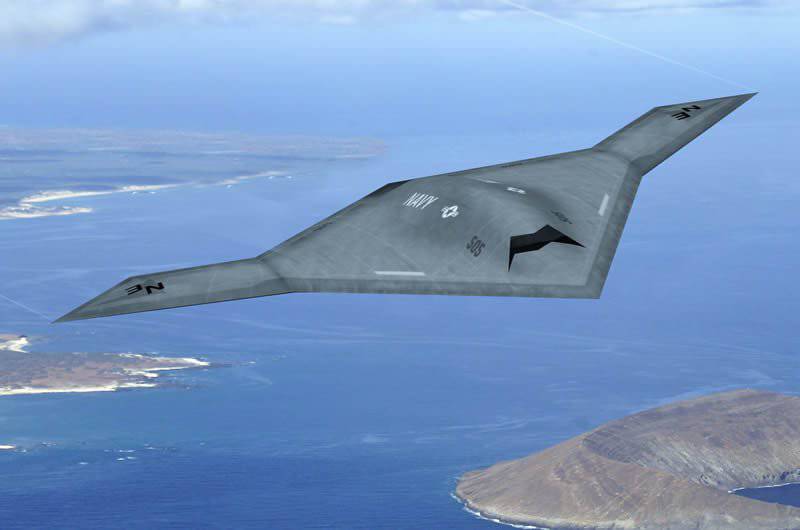
The X-47B weighs 20 tons, it is slightly smaller than the 24-ton F-18A. It has two internal compartments to accommodate about two tons of smart bombs. As soon as X-47B can operate from the deck of an aircraft carrier, it will be used for bombardment, acting in a kind of super-Reaper role. The naval forces were satisfied with the successful use of the Predator and the Reaper, despite the fact that the Reaper weighs only 4.7 tons. The much larger X-47B is equipped with an F100-PW-220 engine currently used on the F-16 and F-15.
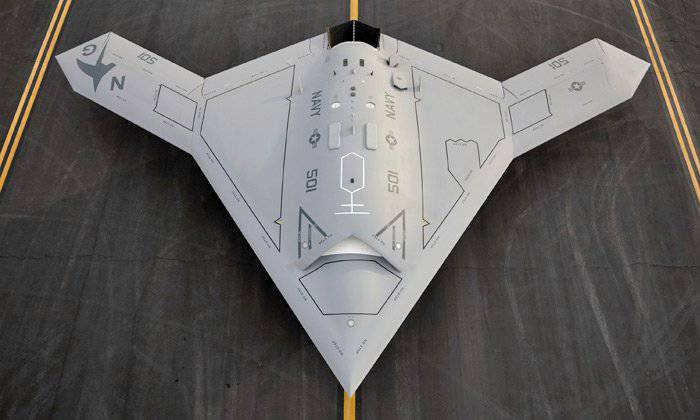
Two years have passed since the US Navy presented its first combat X-47B UAV (now known as UCAS), created as part of a six-year $ 636 million contract. Without refueling, the device has a range of 2700 kilometers. Among other things, it significantly expands the intelligence capabilities of the aircraft carrier.
Seven years ago, he made his first flight of smaller-sized UAVs X-47A UCAS, the development of which began in the 2001 year. The Air Force is also developing the X-45 UCAS UAV, which has a maritime version (X-46). The X-45 development program began in 1999, and in 2006, the eight-ton (maximum take-off weight with two tons of payload) unit was ready for flight tests. The X-46 has a different wing layout and range in 1100 km with a payload of up to two tons. The X-47A also carries two tons of payload at a range of 1600 kilometers. Unlike the X-45, which was built for storage over a long period, the X-47А was built for active use from the deck of an aircraft carrier. All these devices have low radar visibility and are able to operate completely independently (including landing and take-off) in accordance with the program established. Initially, UCAS were designed for dangerous operations, such as the destruction of enemy air defense, reconnaissance in conditions of strong air defense of the enemy. However, the Air Force has closed the project X-45 and is currently considering other options for UCAS.
The Air Force and the US Navy have always differed in their views on the widespread use of unmanned aerial vehicles in combat. Ten years ago, when the Air Force agreed to cooperate with the Navy in the UCAS project, the concept of the Air Force largely involved placing combat UAVs in reserve in order to use them quickly in wartime. The Navy, in turn, would like to use them to replace manned aircraft on aircraft carriers for one simple reason - military operations from the aircraft carrier are very dangerous, and the training of qualified deck pilots is difficult and expensive. In this regard, the Navy leadership believes that UCAS is the future of carrier-based aviation. Thus, the sooner UCAS can prove that they are able to operate safely and effectively from the deck of an aircraft carrier, the better. Although the X-47B (or a slightly larger planned X-47C) is not specifically created by UCAS for aircraft carriers, the Navy hopes that they will be sufficiently effective to demonstrate the ability of unmanned systems to perform their intended tasks. As a rule, airplanes with the index "X" are used as prototypes for testing technologies. Despite this, the X-47 program has been going on for so long and has absorbed so much from the UAVs already used in battle that, eventually, X-47B will be able to perform reconnaissance and bombing tasks, like MQ-47B.
In essence, the DARPA project of the Ministry of Defense should meet the plans of the naval leadership and encourage catch-up of the air force lag. At present, the Air Force is struggling to produce a sufficient amount of MQ-9, used as a ground support aircraft in addition to reconnaissance and surveillance. But, as the Navy demonstrates, it is possible to build a UCAS capable of carrying more weapons, stay longer in the air and quickly appear where they are needed most. DARPA will try to demonstrate this with the help of the Air Force and Navy.
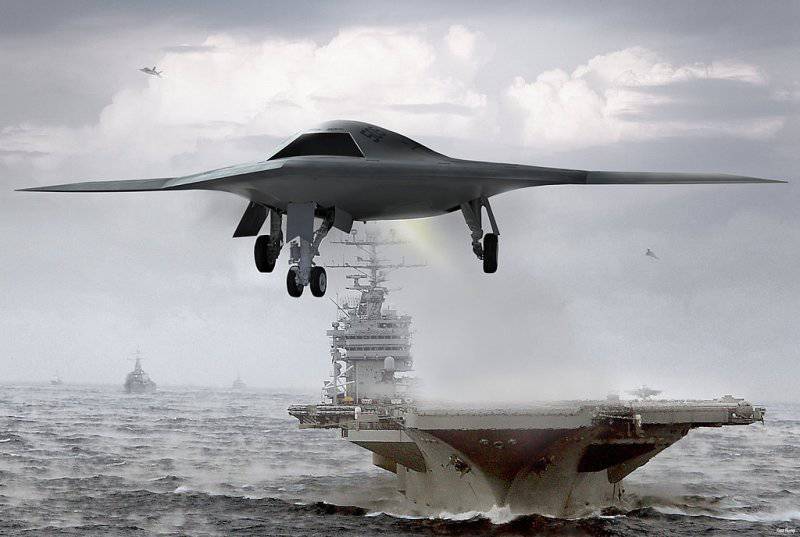
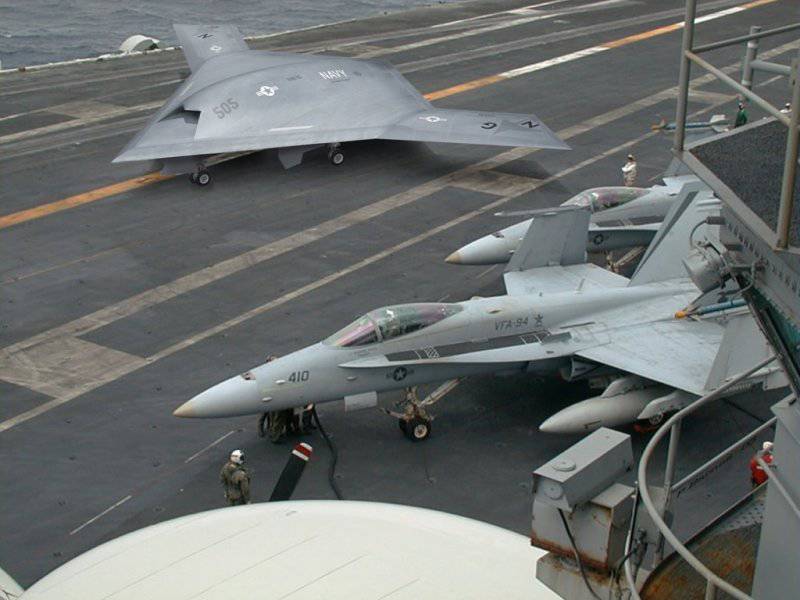
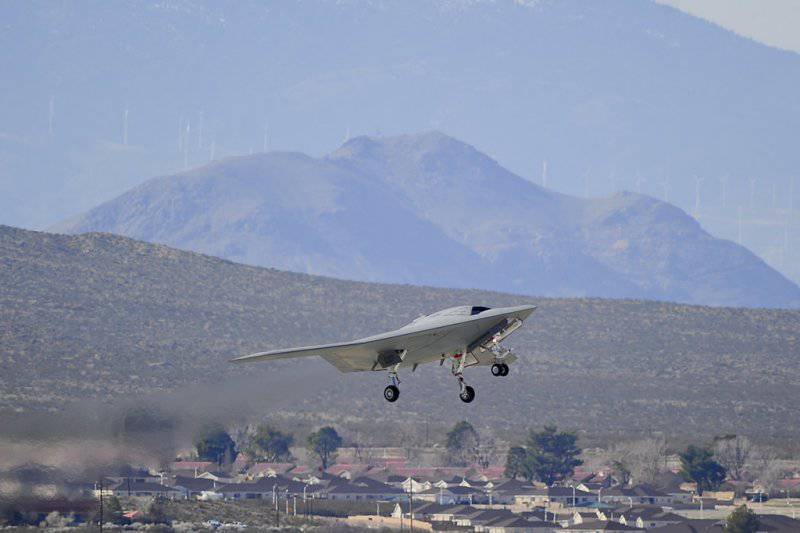
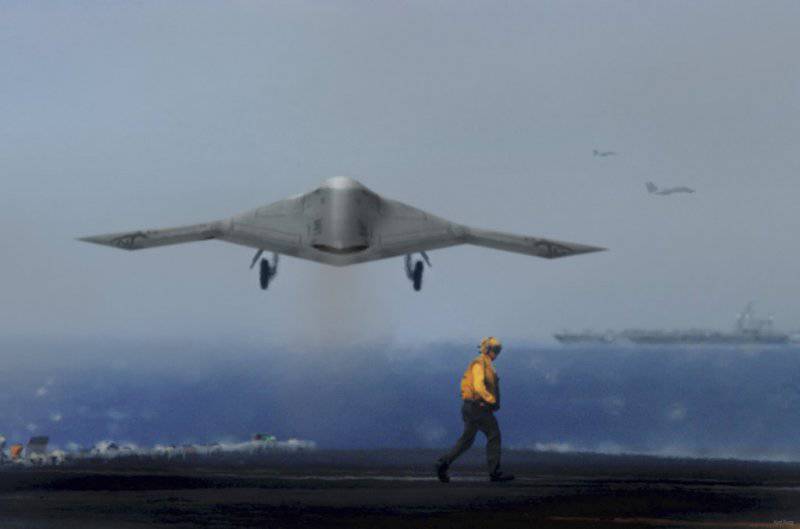
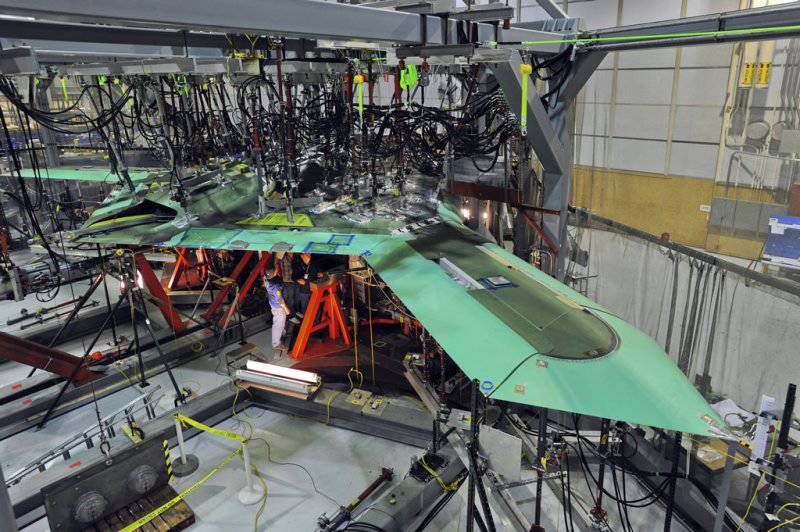
Information